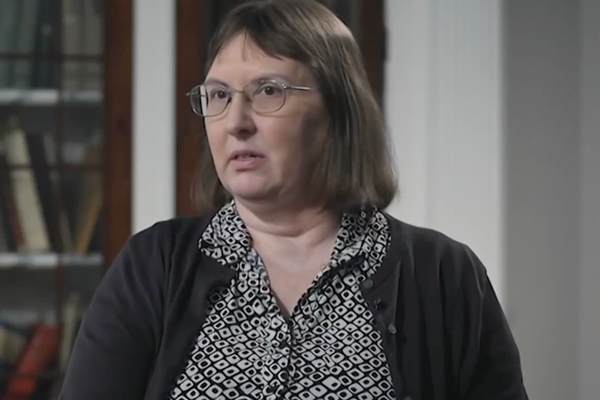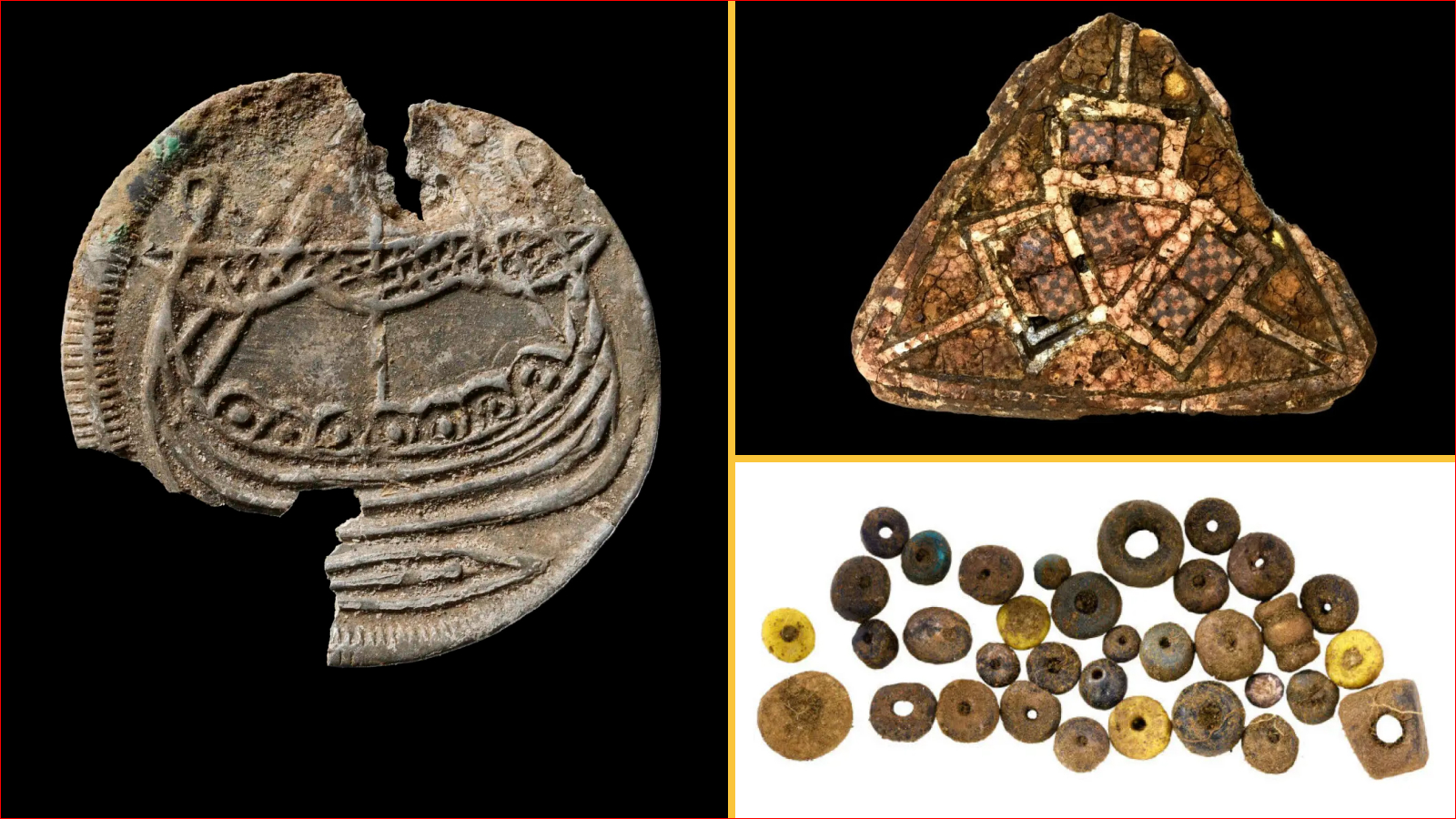
Three Viking graves excavated in Norway contain coins from distant lands and an oddly symbolic stone carved to look like female genitalia.
The graves, all of which seemed to belong to women, were found on the west coast of Norway by metal detectorists . They date back to the early 800s A.D., during the Viking Age (A.D. 793 to 1066), head archaeologist Søren Diinhoff of the University Museum of Bergen told sciencenorway.no.
"From a research perspective, this is a small treasure trove," Diinhoff said.
A metal detector survey suggests that the graves are just three of perhaps 20 at the site, which is at a place called Skumsnes in the municipality of Fitjar. Though the bones of the inhabitants have long since disintegrated, their grave goods — broaches, glass beads, coins, and stones arranged in the shape of a boat — remain. Some of the jewelry and coins originated as far away as Ireland, England and the Frankish Empire, which covered much of Western Europe at the time. Most striking was a rare coin from southern Denmark stamped with a Viking boat on one side and a stag on the other.
Related: Why didn't the Vikings colonize North America?
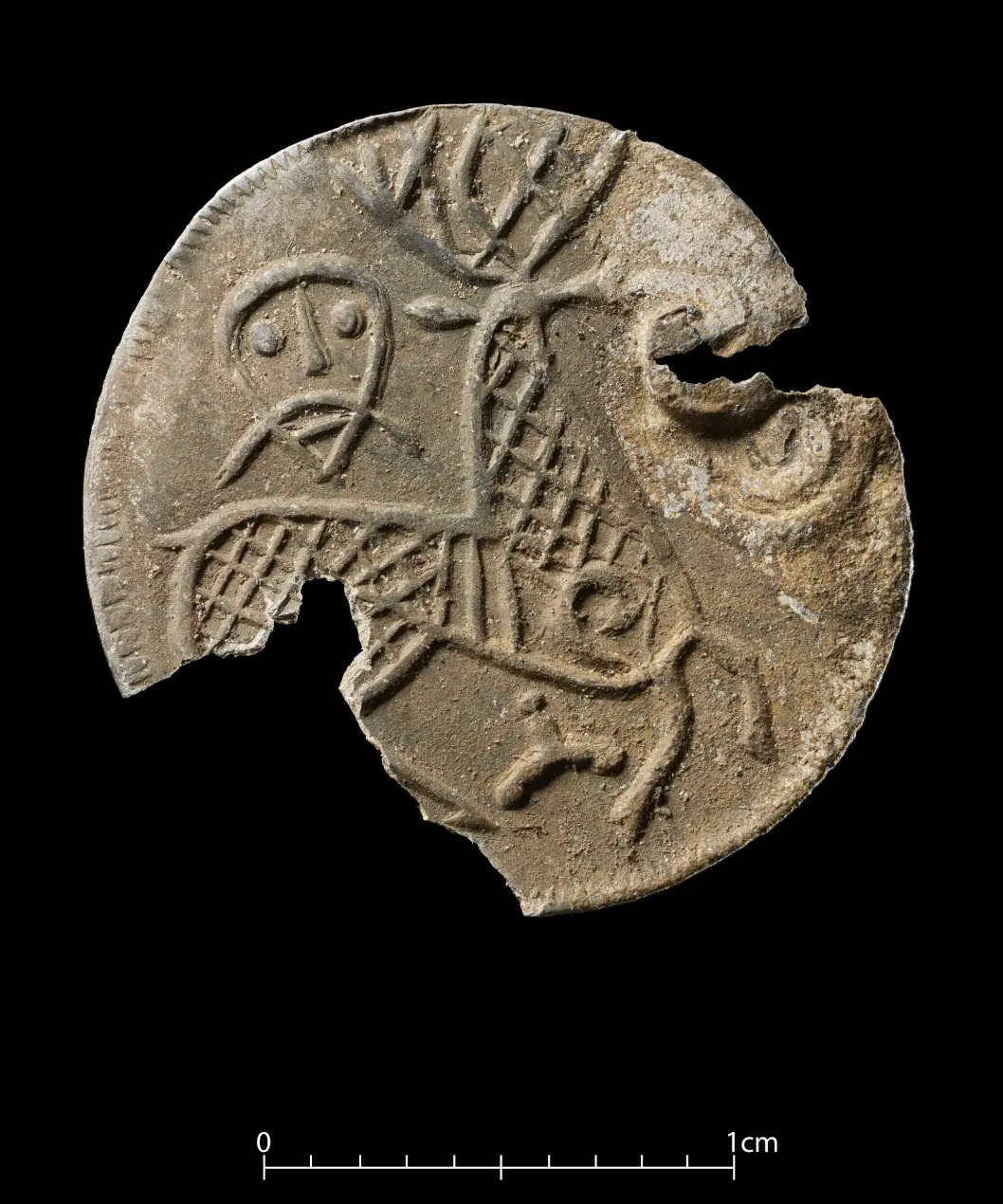
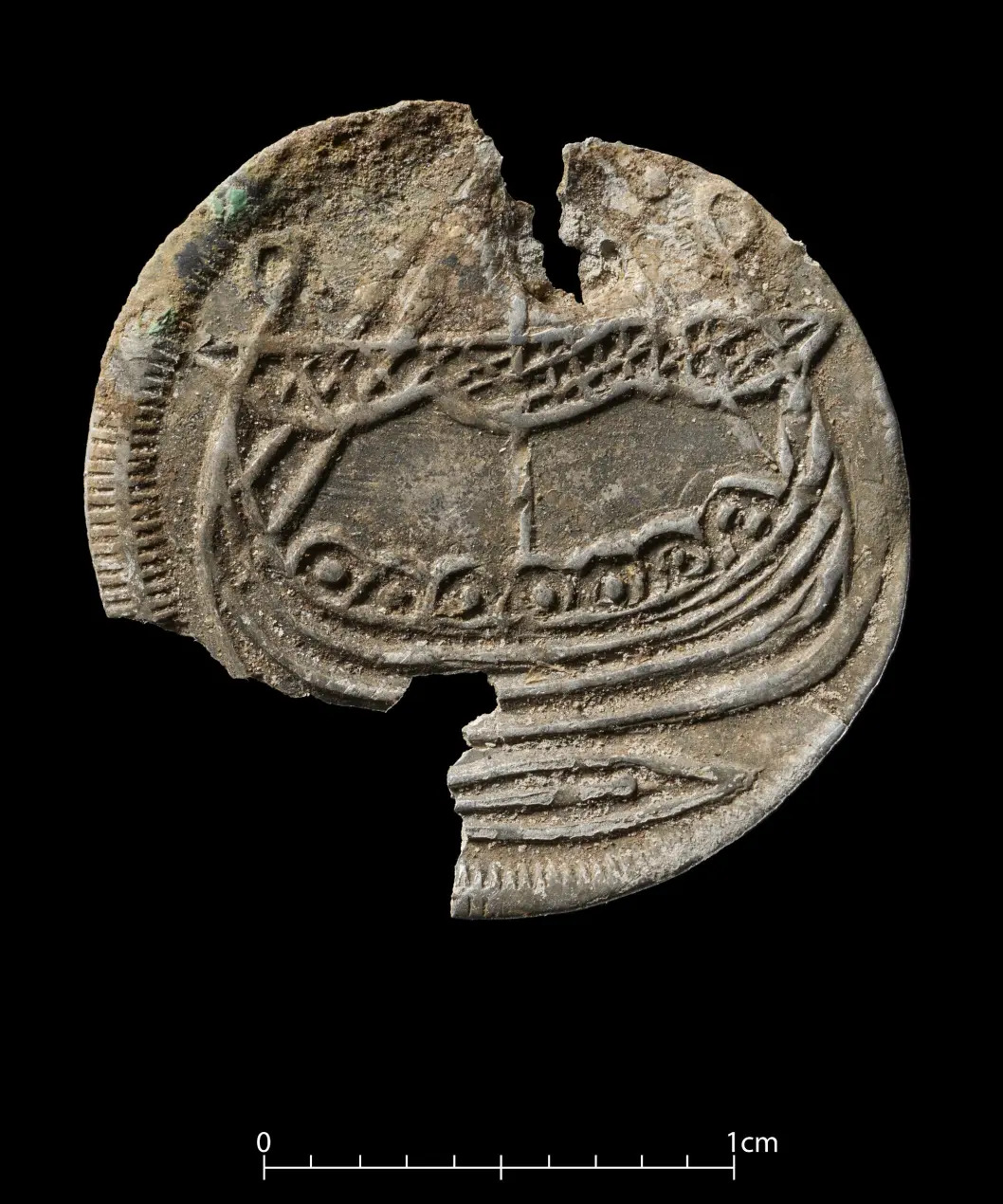
The find reveals the long-distance trade and migration occurring in Viking societies at the time. The women in the graves had some connection to continental Europe, Diinhoff said.
"It's probably no coincidence," he said. "Perhaps they came from abroad and married into the local community."
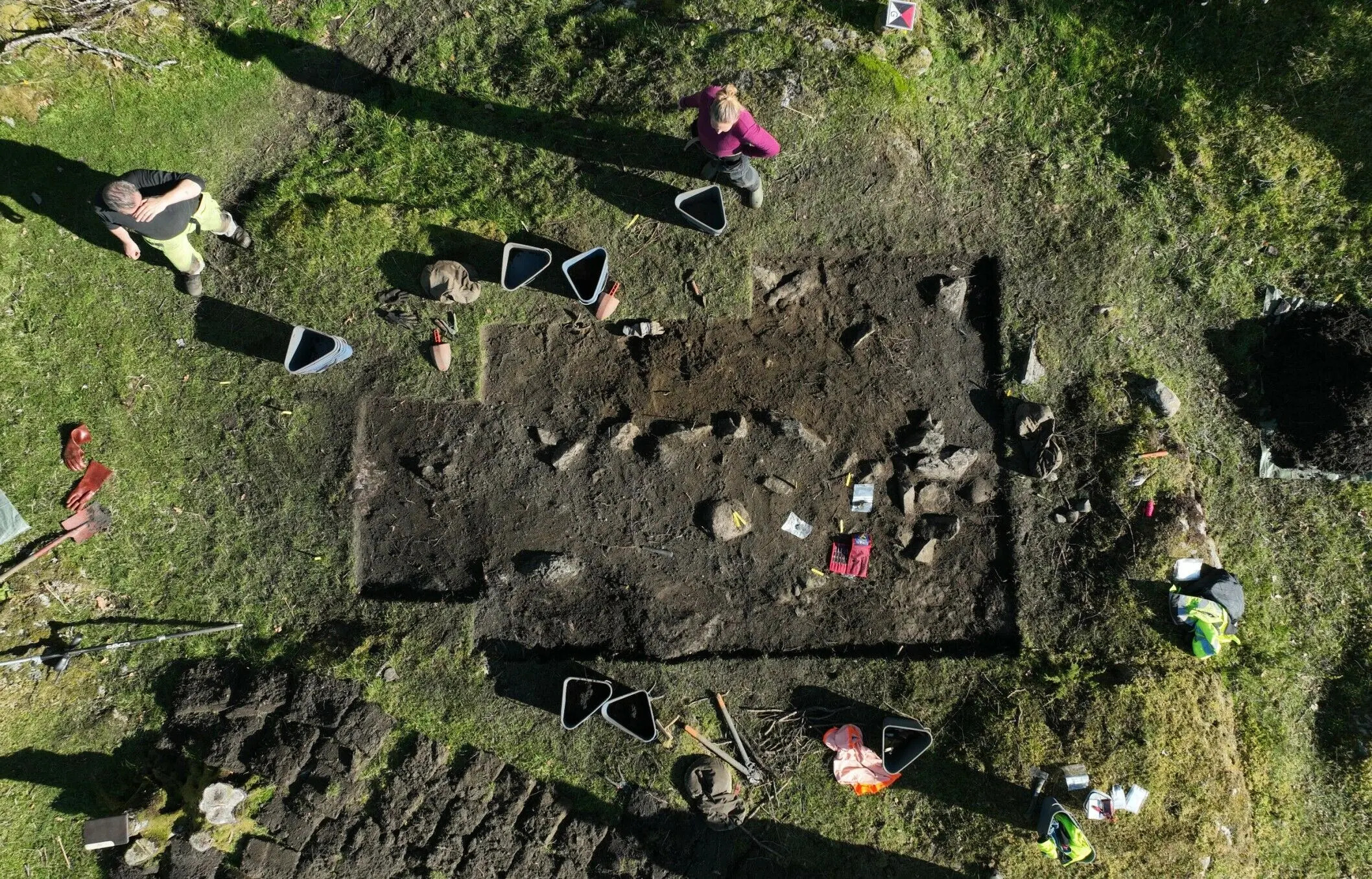
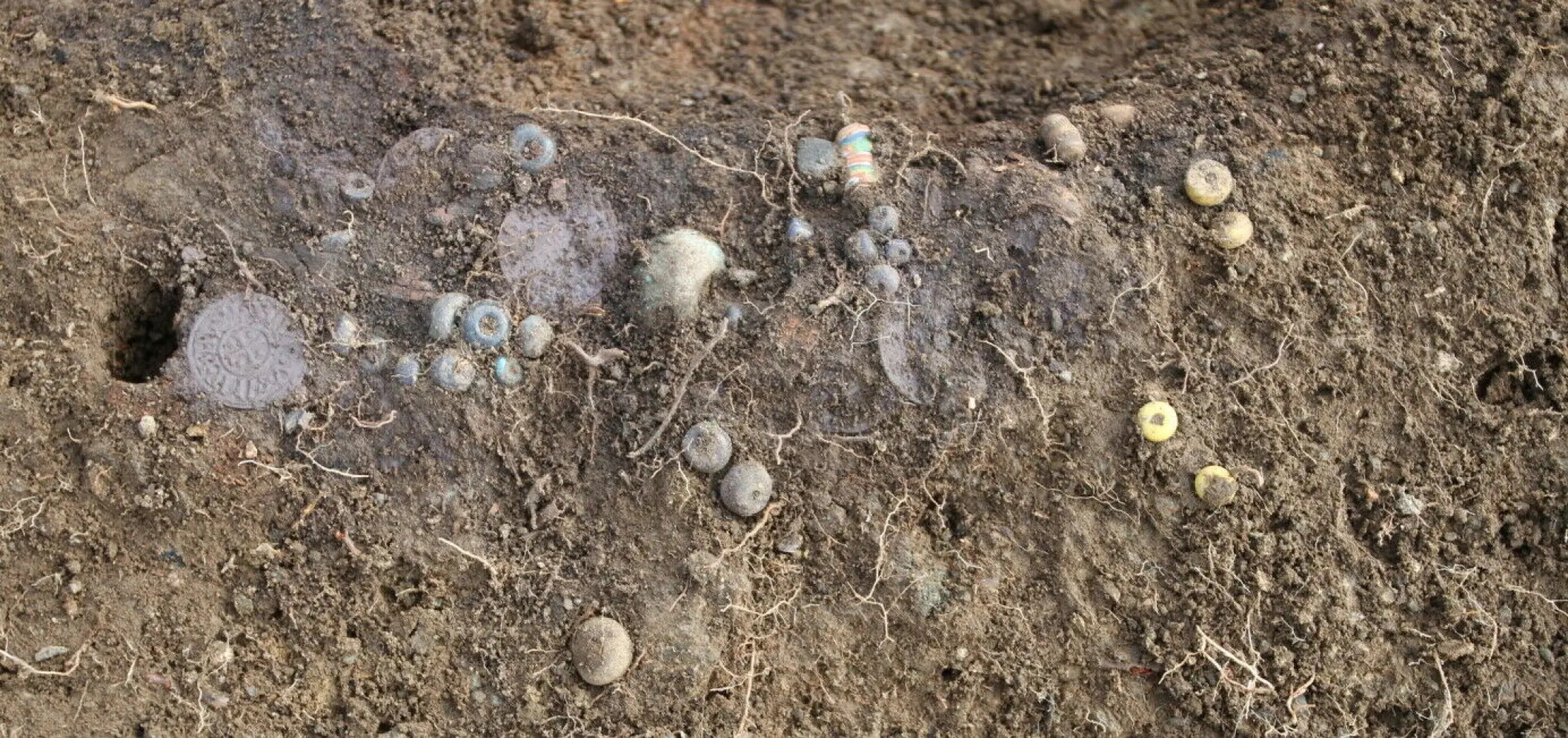
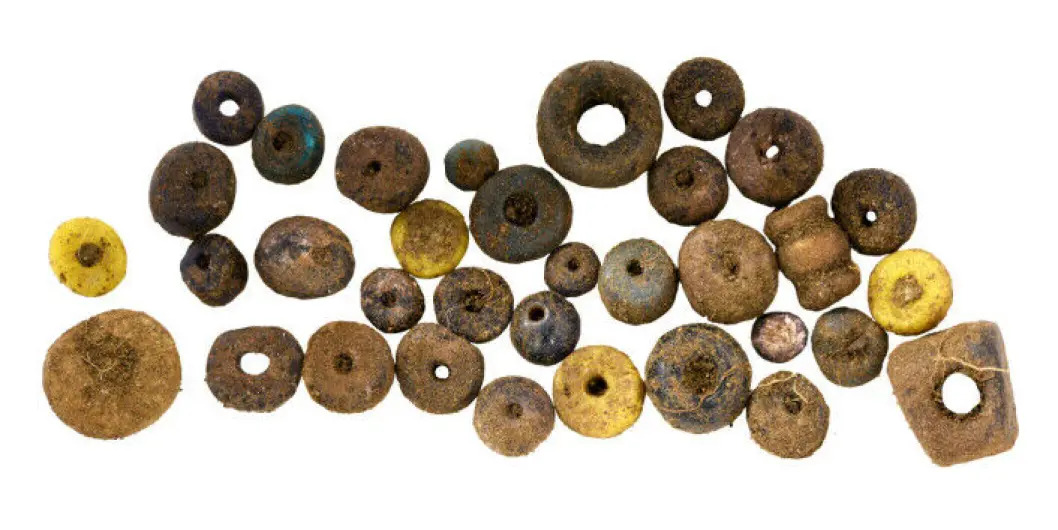
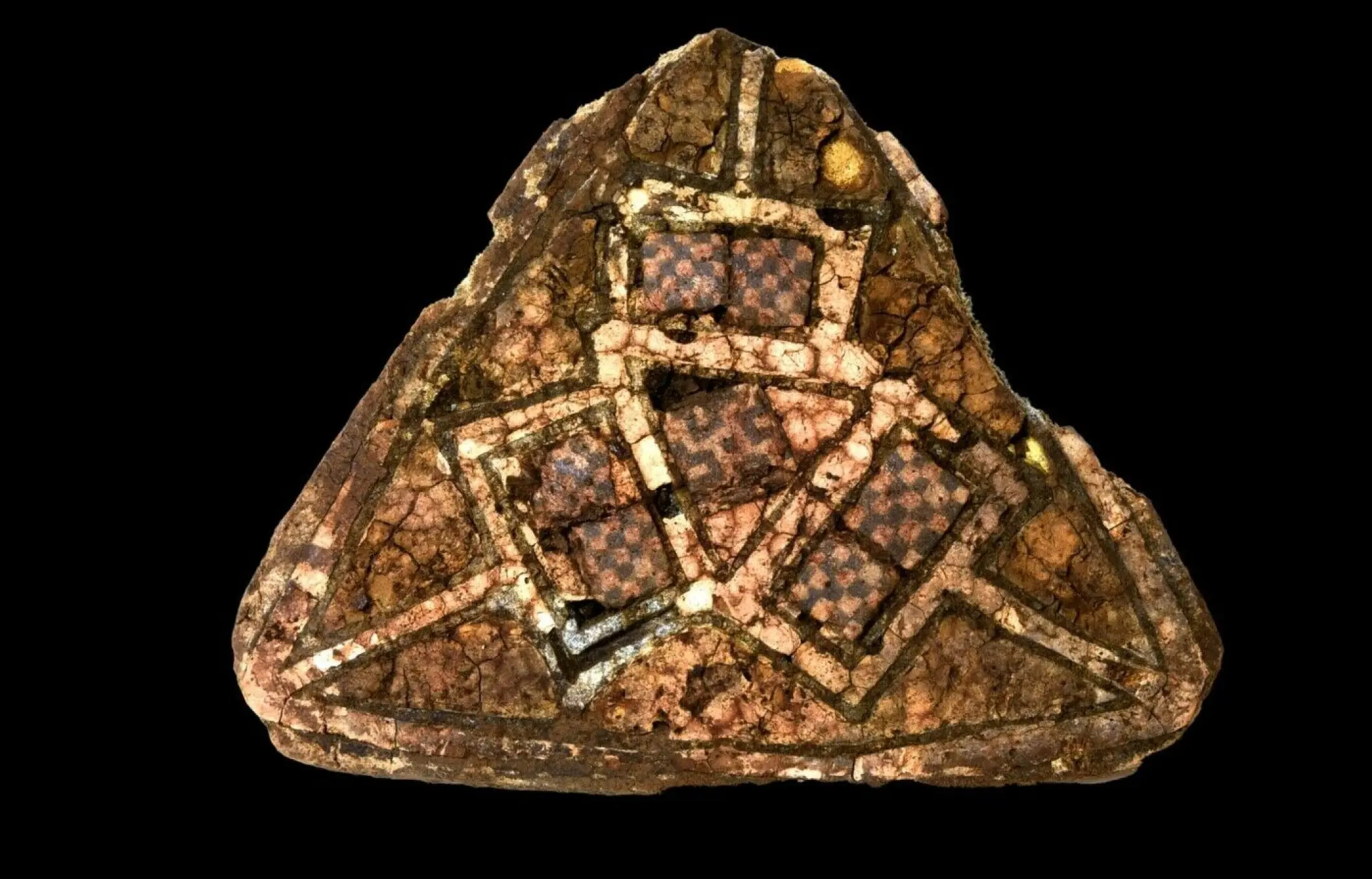

Skumsnes was a farm at the time, which probably belonged to a local king, according to the researchers. It wasn't far from the coast and may have been a waypoint for travelers. One of the women was buried with rocks in the shape of a 13-foot-long (4 meter) boat to accompany her to the afterlife. At the spot where the mast would be, archaeologists found a stone shaped like a vulva, which may have been used to symbolize the woman buried in the grave. It's possible, Diinhoff said, that the woman wasn't buried there at all, but that the grave was a cenotaph, or a memorial without a body. It's difficult to say, Diinhoff said, because the soil in western Norway does not preserve organic materials very well.
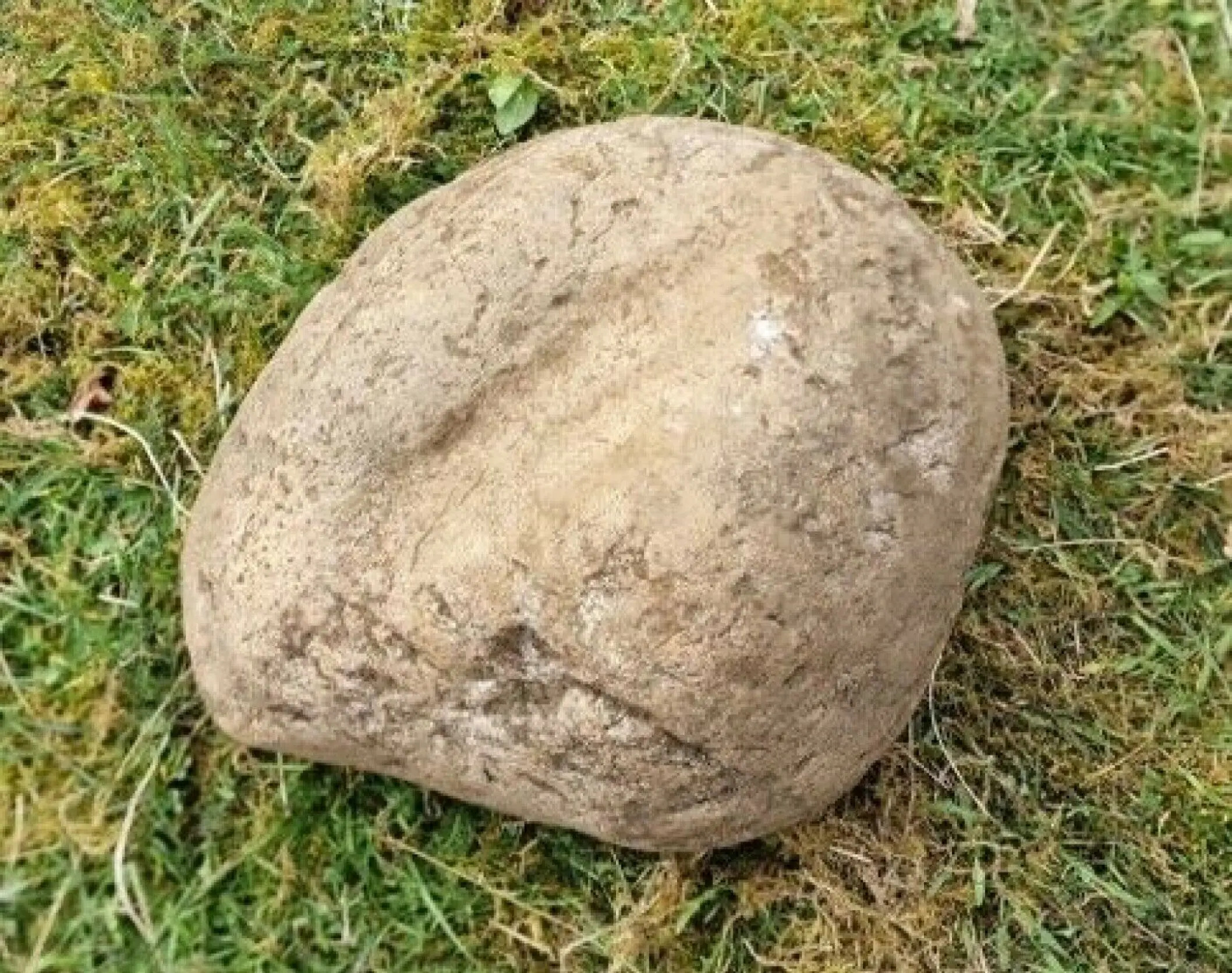
The boat grave also included wool shears, a hetchel (a comb to prepare fibers for spinning and weaving), a spindle whorl and a weaving sword, all items used to make textiles, as well as a bronze key. This suggests that the woman this grave was dedicated to was of high-status: Textile-making was prestigious, and the key indicates she washead of a household.
Unn Pedersen, an archaeologist from the University of Oslo, told sciencenorway that textile-making was a path to wealth and security for Viking-era women.
"If not members of the elite, these women were certainly high up in the social and economic hierarchy," she said.





